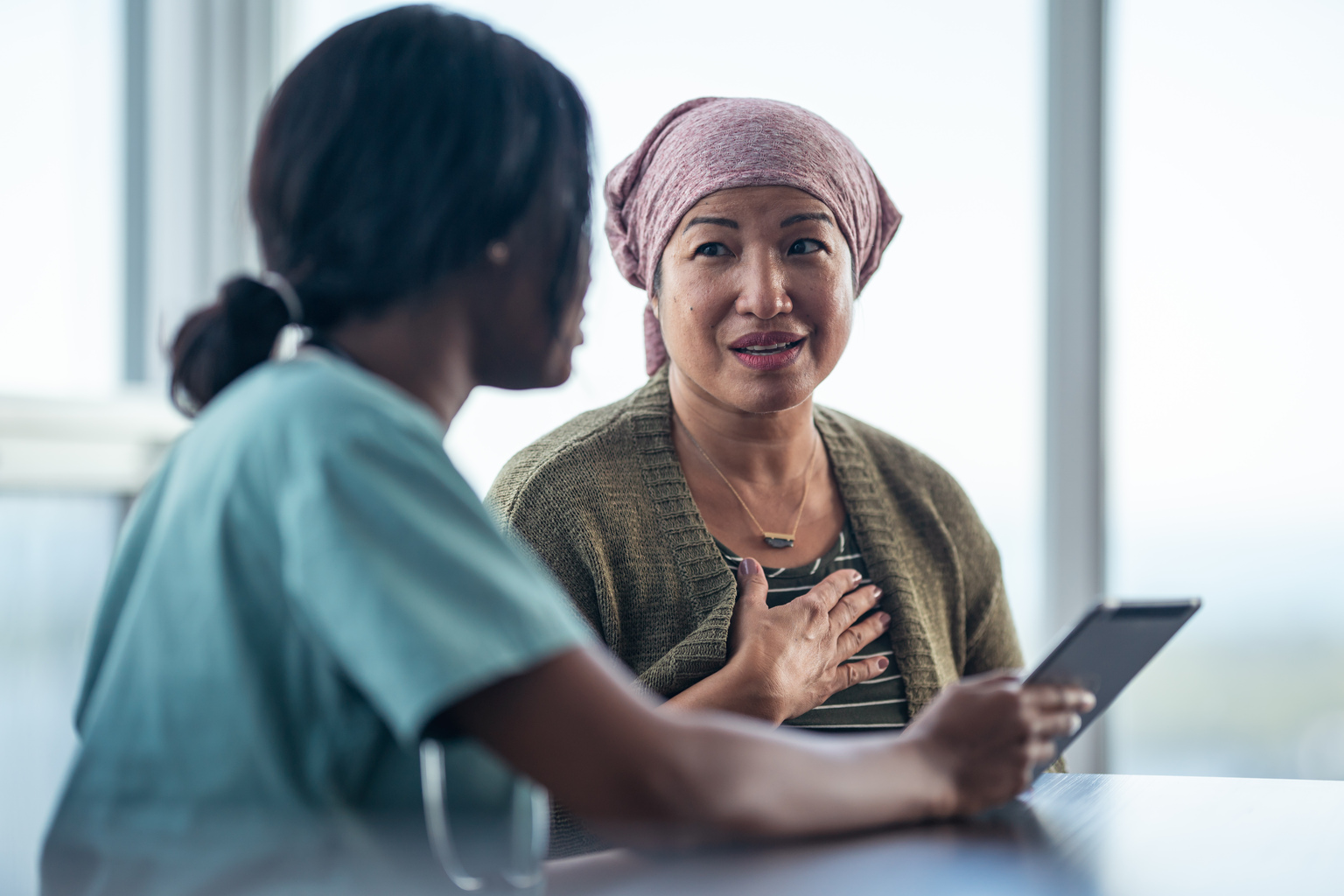
Embracing the right tools and opportunities to build health equity for resource-limited populations

Axis Medical Center has had to work to build trust with its patient community in the Twin Cities of Minnesota, says chief financial officer Jonathan James, Ph.D. He describes his team’s work serving a patient population more than 50% of whom live below the poverty line and more than 80% of whom are best served by a language other than English in a recent article on health equity initiatives for Health Evolution.
To develop trust and enhance communication with immigrant patient populations, James says an important step was removing the barrier of language and cultural differences. One way he has found to help bridge that gap is to hire international medical graduates who can not only interpret for patients but also be a relatable presence to help create a cultural familiarity and ease.
“In this population, over and over again, neglect becomes a Petri dish of disease. Unaddressed health concerns that could be remediated aren’t because they don’t have access to care, don’t know about it, can’t get there, or there’s a barrier of language. We have far too many patients that if they had been connected with good medical care earlier, they would not be suffering today,” James says.
Read the full profile on Axis Medical Center's efforts to break down barriers
Telehealth can make the difference
Experts agree telehealth can be key to reducing some of these common barriers to health equity, enabling patients to conveniently connect with medical providers while on quick breaks from jobs or if transportation is unavailable.
“Patients like the idea that they don’t have to miss a whole day of work to get transportation to come into a clinic. They can pick up the phone for a 15-minute call. Telehealth is here to stay as a modality of care,” says Karen Gottlieb, executive director of Americares Free Clinics in Stamford, Conn. She explains in the Health Evolution article that her 90% Latin American patient population relies on a hybrid telehealth and in-person model in order to maintain consistent care and to access much-needed specialty care.
Help for the helpers
Both James’s and Gottlieb’s teams must manage limited resources when dealing with communities facing health disparities and inequities. To provide healthcare workers access to the latest medical evidence and clinical guidance to support decision making at the point of care, including while on telehealth calls, both Axis and Americares receive free subscriptions to UpToDate® clinical decision support through its donations program.
With access to resources to help them answer even the most complex clinical questions and with educational materials in multiple languages, providers are able to spend less time bogged down in research and more time directly interacting with and listening to patients, which James notes is essential to health equity initiatives.
Healthcare professionals are often “not able to humble ourselves,” James says. “In so many ways we get it wrong because we think we know better. We went to school. We know what this is. We get it wrong when we stop listening to the patient. We get it wrong when we don’t have a fundamental concern for the humanity of people.”
Our belief is that all people – everywhere – should have access to the best care possible.
We are supporting health equity through innovative thinking and solutions to help chart the course ahead.

Understanding health equity vs. health equality
Although the terms health equity and health equality sound similar, they represent two distinct approaches to healthcare.
Health equality refers to equal service and access to care for all. For example, that could mean that, without regard to economic status, personal identification, or risk factor, every patient would receive the same tests and treatments at the same intervals for the same conditions. Bias isn’t considered in this framework.
Health equity, instead, seeks to level the playing field by taking into account systemic barriers that might limit access to care for certain groups, including but not limited to barriers to care stemming from racism, sexism, or poverty. In a health equity framework, professionals consider the impact of social determinants of health and strategies for addressing them.
Read the full article about Americares' and Axis Medical Center's work towards impacting health equity on HealthEvolution.com.
Read how Axis Medical Center is breaking down barriers to care through a culture of service.
Learn more about UpToDate's global donations program for qualifying clinicians and organizations.



